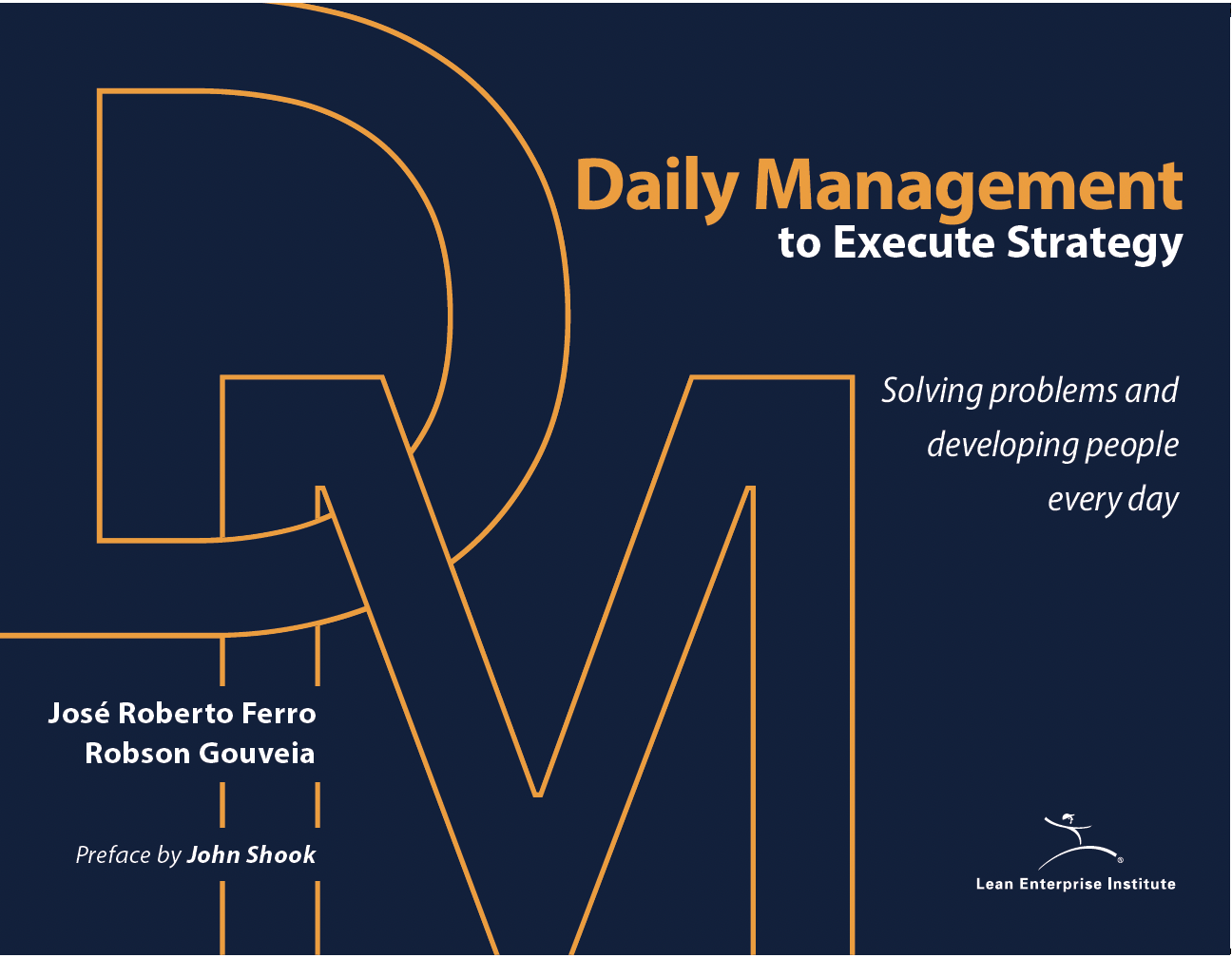It is important to work hard at building a high-performance team. Not only does it lead to better performance outcomes, but it is also a tremendous personal experience. Why in the world would you not want to be of something so great? And why would you not want to experience it with others? A desire, and ideally, ability to develop high-performance teams is a powerful recruitment and retention tool. Pay, benefits, and personal growth opportunities have to be competitive, but all else being equal, most people will choose to be part of a high-performance team.
By far, the thing that I miss most since retiring and joining the largely solitary world of writing and coaching is being part of a high-performance team. As with many things in life, we often only truly appreciate something when it is gone. As impactful as my team experiences are to me, they are, nonetheless, difficult to describe. And I am sure that with the passing of time, my memories are likely a bit rosier than was the actual experience. So please take my enthusiasm with some healthy skepticism.
I was part of several memorable teams at Ford Motor Company and elsewhere. While the challenges faced by each team were quite different, they shared some characteristics. I have also spoken to a number of people inside and outside of Ford who have had very similar experiences, with similar characteristics.
Taking on a challenge: My experience and those of the people I spoke with typically started with a difficult challenge which rallied some of the team and culled others. People who did not want to be part of the effort self-selected out in one way or another. The challenge stirs a general recognition that we are not going to accomplish this without working together. It creates pressure that brings people together with some urgency to accomplish a difficult and important objective.
Creating a larger context: Most people want to be part of something special, something that matters. People often have a limited vantage point in the organization and are unable to see the big picture amid their day-to-day difficulties. Leadership paints this large picture, showing how everyone’s contribution creates a much bigger thing and demonstrating how each contribution is important.
There is an old story about the different perspectives of three stonecutters: The first one says, “I have to work in the hot sun all day long, working with these heavy, filthy stones; my hands have become callused, and my back aches, and no one even cares.” The second stonecutter says, “Well, things may not be perfect, but I focus on doing the best job of cutting stones I can despite the conditions. I keep my stones sharp, I practice my craft, and I am focused on cutting the best stones possible.” The third stonecutter looks up and says, “I’m building a cathedral.”
Peer-to-peer accountability: Leadership’s role is important in creating the right context in the early days, but over time there is a subtle shift in the emotional focus of team members. Leadership still matters, but members become much more concerned with not letting each other down and work hard to keep up their end. You never want to let your teammates down. This cycle continues to build, raising the performance bar for the entire team, often above a level that a single leader would likely ever hope the team could achieve.
Trust: As peer-to-peer accountability grows and members continue to contribute at higher levels, mutual professional respect evolves into trust. Members have earned each other’s trust over time by their performance. No on feels like they have to check up on anyone. They are confident in their teammates. They are learning together and share what they know without hesitation or fear. This trust, which can be fragile, is a significant competitive advantage while it lasts.
Expanding the “art of the possible.”: An interesting thing happens as the team members continue to work together in a trustful way. They build confident (not arrogance, although it can certainly turn into that if allowed). There becomes a thoughtful understanding that the team is far more capable than previously believed. The team stretches and challenges itself, and members take pride in what they have accomplished together, create more excitement, and build even stronger connections among one another. Leadership plays an important role in keeping this from turning into overconfidence by elevating their focus—raising the bar. This is delicate work because you certainly don’t want to be the one to “break” this confidence. Truly knowing and reading the team is important.
Humor: This characteristic may strike some as odd, and I don’t know that it is a condition of success. But the great teams I have been a part of and those with whom I talked had an “insider’s sense of humor” that kept people going through long days and the many setbacks they encountered. The jokes were often self-effacing and based on their current situation. The humor acted as a release. It helped to provide some much-needed perspective at times. But most of all, sharing these jokes meant you belonged.
The strength of the pack is the wolf; and the strength of the wolf is the pack.
A bond: The team members really care about each other. I honestly don’t know if this is the result of their facing adversity together or if it is what enabled them; perhaps a bit of both. In any case, team members care about each other a personal level, and there is an unmistakable bond that is created. It is a bond that endures. I found this out in the process of talking to people about my current book Designing the Future. It has been several years since I had spoken to some, but it was as if no time had passed at all. It is the wolf-pack bond that is implied in the Rudyard Kipling quote:
A check list for developing high-performance teams and team members:
- Create a mutual commitment between: the organization that supports, recognizes, and rewards individuals; and the individuals who commit to doing the best possible work for the organization and its customers.
- Develop a clearly defined, deliberate culture for high performance that is consistently reinforced by leadership at all levels.
- Hire people not only on technical credentials but also on fit with the desired culture.
- Develop people from the time they enter the company throughout their careers, using the right mix of professional training and learning at the gemba with a coach.
- Provide ongoing performance feedback in the shortest practical intervals, coupled with constructive guidance on how to improve.
- Support leaders who demonstrate the skills to engage individuals to become a high-performing team.
- Cultivate an environment in which people are continually challenged with the next big opportunity to satisfy and excite customers.
- Foster a supportive organizational structure that strikes a balance between deep development of functional expertise and multifunctional focus on customers.
- Guide downstream functions that are responsible for building and delivering the product or services to become fully engaged as part of the team up front in the development process.
- Create an engaged enterprise that includes all key internal functions and external suppliers of critical components and systems which are enrolled as part of one team.
This article is adapted from the new book Designing the Future: How Ford, Toyota, and other world-class organizations use lean product development to drive innovation and transform their business, by Jim Morgan and Jeff Liker.
2025 Lean Summit
The premier leadership conference shaping the future of lean management for every business.




